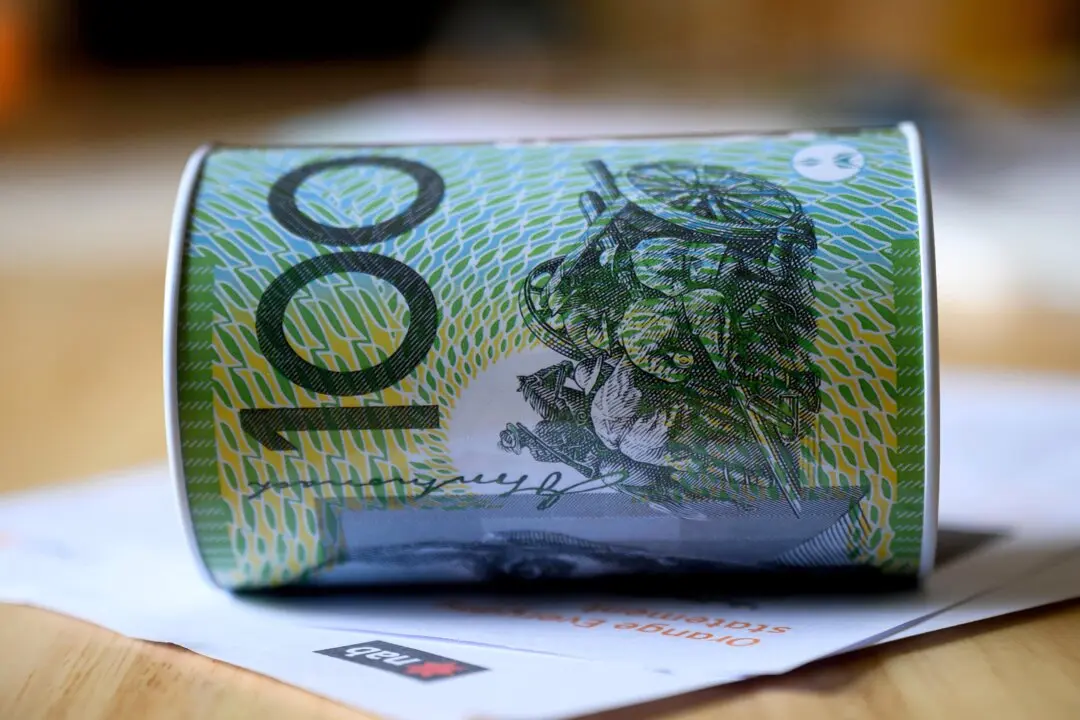Labor’s Future Made in Australia Act may help shield the country from the impacts of the expected oversupply of iron ore, Australia’s biggest export, later this decade, according to a government spokesperson.
“Through our Future Made in Australia initiative, the Australian government is working with the sector on the transition to green metals, seizing an opportunity to leverage our abundant solar and wind resources and iron ore mineral reserves to create new economic opportunity and support the global net zero transformation,” a spokesperson for the Department of Industry, Science, and Resources (DISR) told The Epoch Times.
“Lower prices projected over the outlook period are expected to reduce Australia’s iron ore export earnings from $138 billion in 2023-24 to $114 billion in 2024-25 and $102 billion in 2025-26,” the spokesperson said.
Asia’s Demand for Iron Ore to Disappoint
However, an analyst from the Institute for Energy Economics and Financial Analysis (IEEFA) saying that Australia must “seriously think” about the needs of its iron ore sector amid an apparent decline for the commodity in China, the world’s largest steel producer.Moreover, the East Asian giant is seeking to increase the proportion of recycled steel made in electric arc furnaces (EAFs) from the current 10 percent to 15 percent by next year. The move will help decrease China’s steelmaking emissions while reducing its reliance on imports from Australia.
Nicholas noted that 30 percent of Chinese steel production could come from the scrap-EAF process by 2035, citing a China Iron and Steel Association forecast.
New supplies of iron ore are also anticipated to come from Simandou, a Ghana-based project for Rio Tinto, in partnership with a group of Chinese developers including China Baowu.
In addition, although India is targeting 300 million tonnes per annum (Mtpa) of total steel capacity by 2030, the country is currently self-sufficient for iron ore.
“Large-scale production from the likes of Rio Tinto, BHP, and Fortescue will remain healthily profitable at these prices, but Australia will see significantly reduced revenues,” said Nicholas.
Australia Well-Placed to Become a Green Iron Exporter
Although an oversupply is generally worrisome, Nicholas noted that Australia is well-positioned to become a green iron exporter.But he added that its federal and state governments may need to work with the governments of major steelmakers such as Japan, South Korea, China, and emerging Asian nations to make sure there are markets for it overseas.
“With carbon capture for steelmaking going nowhere, at least some relocation of ironmaking to places where green hydrogen can be made at a competitive cost looks increasingly likely to be needed if the steel sector is going to wean itself of coal and gas,” said Nicholas.
Nicholas noted that while South Australia can serve as a site for green iron and steel plants due to its technological advantages, Queensland and Western Australia also have their potentials to lead the transition.
“South Australia is unique in that it has decarbonised its power grid through a rapid switch from fossil fuels to wind and solar, giving the state the potential to produce green hydrogen using renewable power that would otherwise be curtailed,” said Nicholas.
“South Australia isn’t the only state eyeing the green iron opportunity. Queensland has one green hydrogen project in the pipeline, and Western Australia is alive to the potential of shifting focus to its higher-grade iron ores.”
It comes after the Australian government facilitated a public consultation on green metal opportunities, particularly iron, steel, alumina, and aluminium, between May 31 and July 14.
The responses obtained from the consultation will form part of the development of an Australian green metals industry, which is a priority under the Future Made in Australia initiative.
“Insights from the consultation will also inform the government’s work on the Net Zero Plan, including the Industrial Sector Plan, and its consideration of opportunities and barriers to industry’s efforts to decarbonise metals production,” the DISR spokesperson said.






